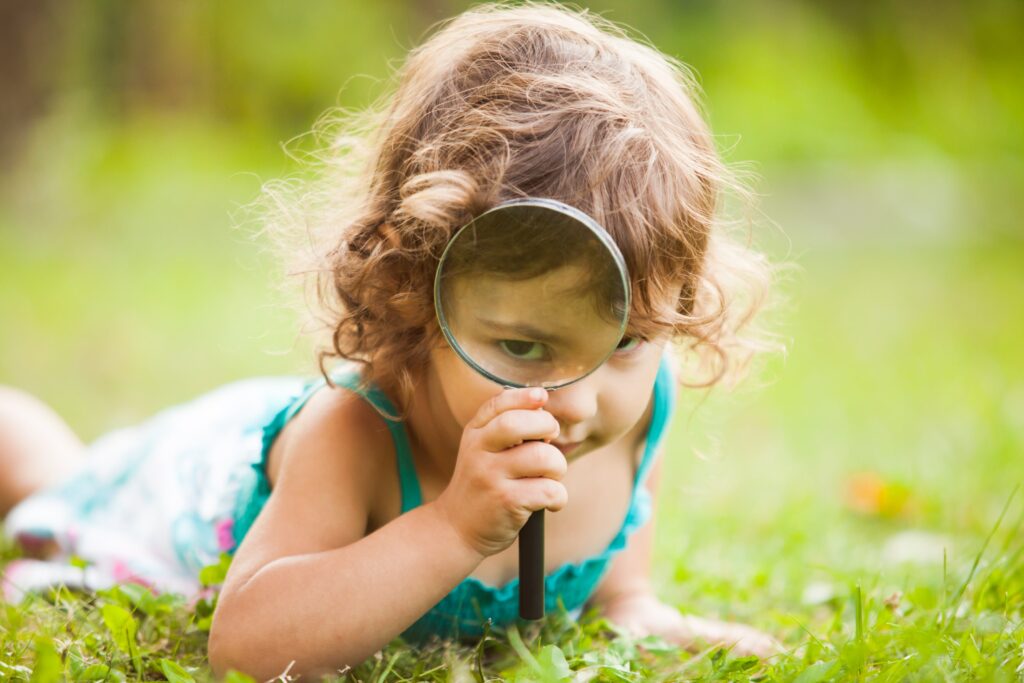Hello, everyone. My name is Daichi, an expert providing the information on the radiation issues in an easy-to-understand manner.
In this article, I would like to cover the ICRP, which plays an important leading role for making international rules for radiation protection, by responding to the following questions:
– What is the history for the establishment of the ICRP?
Table of contents of this article
- What is the ICRP? (Vol. 1)
- A number of discoveries relevant to radiation protection
- Discovery of X-ray
- Discovery of radioactivity
- Discovery of substances with radioactivity
- Confirmation of inflammation on skin caused by radiation
- Establishment of the ICRP
- Establishment of the IXRPC
- Development of accelerator
- Synthesis of artificial radioisotope
- Re-organization of the IXRPC and establishment of the ICRP
- Summary
I have been involved with the radiation-relevant issues, like the policy on the decontamination activities and the management of the Interim Storage Facility, after the accident of the Fukushima Daiichi Nuclear Power Plant in 2011.
I received a doctorate in the field of radiation, while working in Fukushima.
What is the ICRP? (Vol. 1)
ICRP stands for the International Commission on Radiation Protection, but what kind of organization is that?
This article especially focuses on the history of its establishment.
A number of discoveries relevant to radiation protection

A number of discoveries relevant to radiation were involved with the establishment of the ICRP.
For example, as covered in this article, radiation has an integral role in our daily life, and it is widely used not only in the field of medicine, but also in the fields of industry and agriculture.
However, it might cause serious problems on human health, if it is not appropriately used.
So, let’s look back a bit on history of research on radiation, between the last 19th century and the beginning of the 20th century.
Discovery of X-ray

In 1895, a German physicist, Dr. Röntgen discovered a new kind of radiation, which passes through neither human bones nor lead, but instead passes through paper and woods, and he named it ‘X-ray’.
Maybe many of you could have seen the picture of his wife’s bone of hand with a wedding ring, which was taken by putting her hand on photographic plate and exposed to X-ray emitted from a discharge tube (Reference: Wikipedia (X-ray)).
Dr. Röntgen won the first Nobel Prize in physics in 1901.
Discovery of radioactivity

Next year, in 1896, a French physicist, Dr. Henri Becquerel, found out that uranium ores have an ability to emit radiation (radioactivity), by noticing that photographic plates, which were left with uranium ores for his experiments, were exposed to radiation.
Dr. Henri Becquerel also won the Nobel Prize in Physics with this discovery in 1903, together with Dr. Marie Curie and Dr. Pierre Curie, which are touched upon below.
By the way, the unit to represent the scale of radioactivity was once Curie (Ci), but currently the unit Becquerel (Bq) is used as the number of atom cores which decay in one second.
Discovery of substances with radioactivity

In 1898, a Polish physicist, as well as a chemist, Dr. Marie Curie, and her husband, a French physicist, Dr. Pierre Curie, discovered substances with radioactivity (polonium and radium) by crushing tons of ores.
As aforementioned, Mr. and Mrs. Curie also won the Nobel Prize in physics with this discovery in 1903.
Dr. Marie Curie also won the Nobel Prize in chemistry in 1911.
As seen above, during the late 19th century, there were consecutive discoveries regarding radiation.
Confirmation of inflammation on skin caused by radiation

After that, however, while consecutive discoveries were made, which makes our life very useful, meanwhile inflammation on skin caused by exposure to radiation was confirmed in 1896.
So it had become apparent, that it could be possible for radiation to cause adverse effects on human health, depending on the amount of dose or other relevant factors.
At that time no enough knowledge was disseminated on impact caused by exposure to radiation, and no system for radiation prtoection was established, therefore it is believed that Dr. Marie Curie herself was affected by radiation and died of aplastic anemia, which lowers function of bone marrow (Reference: Wikipedia (Marie Curie)).
Establishment of the ICRP
Based on the discoveries as well as the accumulation of scientific knowledge, the importance of organization was recognized, which makes common international rules on radiation protection, and that led to the establishment of the ICRP.
Let’s briefly look back the history toward its establishment in the following sections.
Establishment of the IXRPC
First of all, the IXRPC, the International X-ray and Radium Protection Committee was established in 1928, in order to protect medical employees from X-ray and radiation emitted by radium.
This is the predecessor of the present ICRP.
By the way, the first chairperson of the IXRPC was Dr. Rolf Maximillian Sievert, a Swedish physicist.
Many of you could know him, because the unit Sievert, which is currently used to represents the scale of dose, derives from his name.
If you would like to learn more about the unit Sievert, please also visit this article and this article.
Development of accelerator

In 1932, a particle accelerator was developled in the Cavendish Laboratory in UK, and Sir John Cockcroft and Dr. Ernest Walton succeeded in converting lithium atom cores into other atom cores by irradiating accelerated protons.
It means, that for the first time nuclear reactions with artificial radiation were realized.
For this achievement they were awarded the Nobel Prize in physics in 1951.
Synthesis of artificial radioisotope

In 1934, a daughter of Dr. Marie Curie and Dr. Pierre Curie, a physicist, Dr. Irene Joliot-Curie and her husband, Dr. Frederic Joliot-Curie, found out the phenomena, in which when alpha rays are irradiated to aluminum, the irradiated aluminum kept emitting radiation, even after sources of alpha rays are removed.
Based on the phenomena, they discovered the fact that aluminum atoms change into radioactive phosphorus atoms, followed by emitting beta rays and changing into silicon atoms.
It is an interesting story, that the source of alpha ray used at that time was polonium, which her mother Dr. Marie Curie discovered and isolated.
This discovery means that they successfully synthesized artificial radioisotope for the first time, and with this achievement, Dr. Irene Joliot-Curie and her husband, Dr. Frederic Joliot-Curie won together the Nobel Prize in chemistry in 1935.
It means, that Dr. Marie Curie and Dr. Pierre Curie, and Dr. Irene Joliot-Curie and Dr. Frederic Joliot-Curie won the Nobel Prizes as parents and child, as well as husbands and wives.
The synthesis of artificial radioactive isotopes has made it possible, for the radiation to be applied not only in the medical field, which we are already familiarized, like diagnosis and treatment using radiation, but also in the other kinds of fields, as covered in this article, like synthesis of high polymer compounds, non-destructive inspection, and determination of thickness, in the field of industry.
In the field of agriculture, it is applied to breed improvement, sterilization and pest control, and in the field of archaeology and art, as covered in this article, it is widely used, for example, for carbon dating.
Re-organization of the IXRPC and establishment of the ICRP
As a result of expansion of purposes for its use, regarding people to be properly protected from radiation, not only the medical employees, which were covered when the IXRPC established, but also various kinds of people needed to be considered, like workers in the fields of industry, agriculture, archaeology and art.
Taking account of expansion of kinds of people to be protected, as well as kind of radiation to be considered, in 1950, the IXRPC was re-organized into the following 2 organizations:
ICRU: International Commission on Radiation Units and Measurements
ICRP: International Commission on Radiological Protection
Summary
This article covers history of establishment of the ICRP.
Specifically, a series of achievements relevant to radiation are elaborated, starting from discovery of X-ray by Dr. Röntgen in 1895, as well as adverse effects on people’s health, which were recognized at the same time.
And the history of establishment of the IXRPC (the International X-ray and Radium Protection Committee), which tried to address the issues, followed by the history of establishment of the ICRP (International Committee on Radiological Protection), in response to expansion of purposes for use of radiation are elaborated.
By the way, above-mentioned contents are summarized in the following videos.
It would be appreciated to visit them at your convenience.
– Japanese version
– English version
You can read the same article in Japanese here.
Thank you very much for reading this article.
See you next time!



コメント